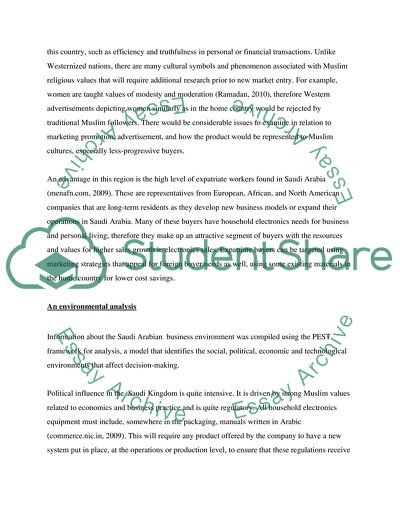Cite this document
(Saudi Arabia: Opportunity or Risk for New Market Entry Assignment, n.d.)
Saudi Arabia: Opportunity or Risk for New Market Entry Assignment. Retrieved from https://studentshare.org/marketing/1737397-an-individual-assignment
Saudi Arabia: Opportunity or Risk for New Market Entry Assignment. Retrieved from https://studentshare.org/marketing/1737397-an-individual-assignment
(Saudi Arabia: Opportunity or Risk for New Market Entry Assignment)
Saudi Arabia: Opportunity or Risk for New Market Entry Assignment. https://studentshare.org/marketing/1737397-an-individual-assignment.
Saudi Arabia: Opportunity or Risk for New Market Entry Assignment. https://studentshare.org/marketing/1737397-an-individual-assignment.
“Saudi Arabia: Opportunity or Risk for New Market Entry Assignment”, n.d. https://studentshare.org/marketing/1737397-an-individual-assignment.


